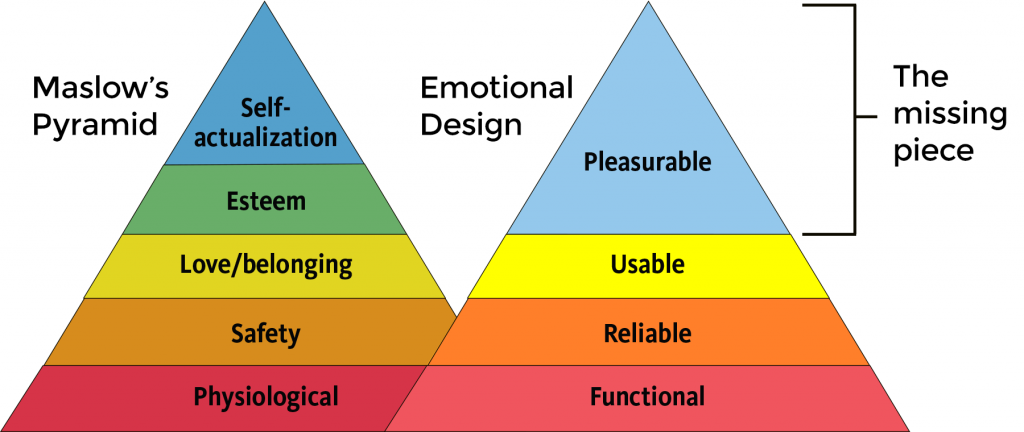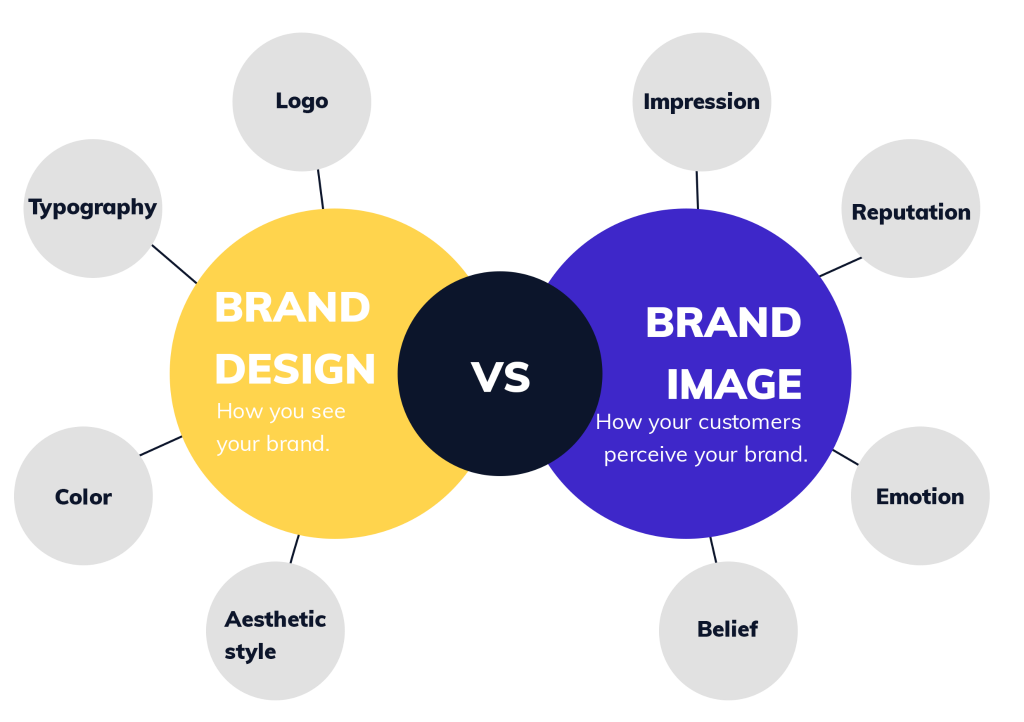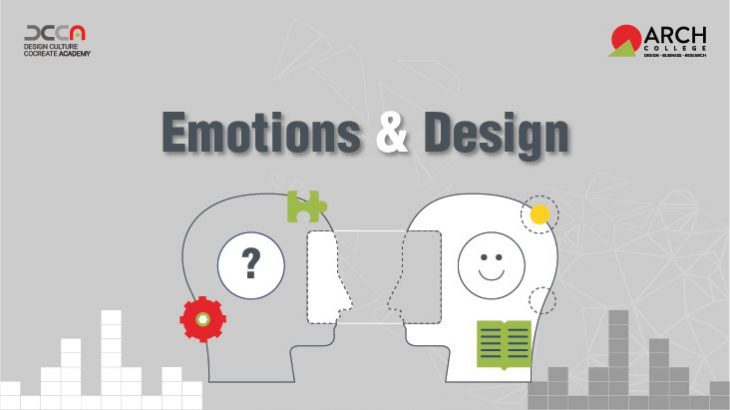Design is a field that deals with creating products or systems that incorporate aesthetics, form, function, usability, experience and innovation in making them effective and usable. In doing this, incorporating emotional aspects can also play a vital role. Emotions can evoke a range of responses in users, from joy and pleasure to frustration and annoyance. When emotions are considered in design, it can lead to a better user experience and more effective designs.
Emotions in design can impact the user experience
The importance of emotions in design can be seen in the way it can impact a user’s overall experience. When a design evokes positive emotions like happiness, satisfaction, and delight, it can make the user feel good about using the product or service. Positive emotions can also help in creating an emotional connection between the user and the brand. By doing so, users are more likely to remember the product or service and recommend it to others.
Emotions can also be used to create empathy in design. Empathy is the ability to understand and share the feelings of others. By creating designs that tap into a user’s emotions, designers can make the user feel understood and heard. Empathy in design can be particularly useful when designing products for individuals with disabilities or illnesses. For example, designing a wheelchair that not only provides mobility but also evokes positive emotions like freedom and independence.

Negative emotions like frustration and confusion can have a detrimental effect on the user experience. If a design is too complicated or difficult to use, users can become frustrated and may even abandon the product or service altogether. By considering negative emotions, designers can create products that are easier to use and more intuitive.
Emotions in Creating Brand Identity
Designers can also use emotions to create a brand identity. Brands that are associated with positive emotions like trust, security, and comfort are more likely to succeed. By creating designs that evoke these emotions, designers can create a strong brand identity that resonates with customers.

In conclusion, emotions play a critical role in design. By considering emotions, designers can create products and services that are more effective, memorable and engaging. Emotions can be used to create empathy, positive experiences, and strong brand identities. By doing so, designers can create products and services that resonate with users and enhance their overall experience.
